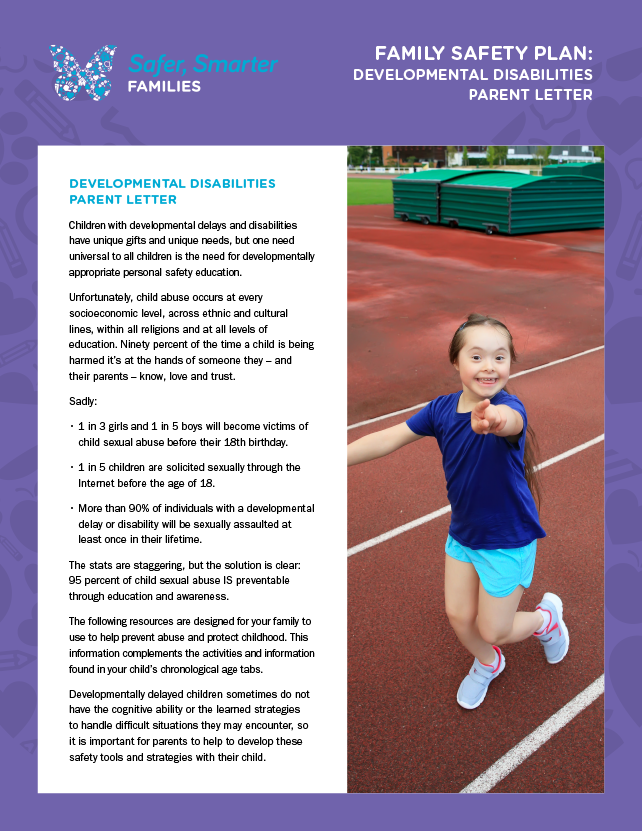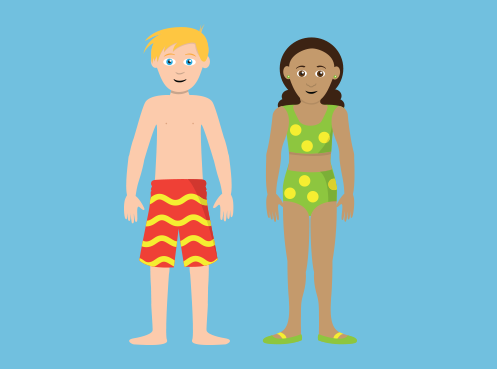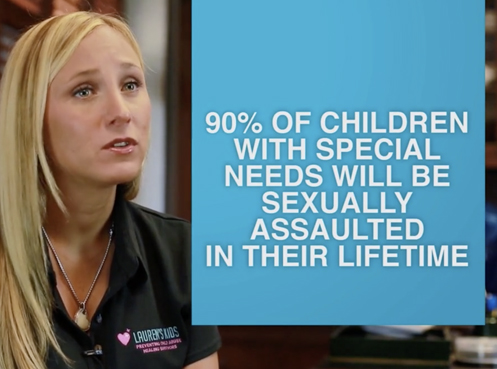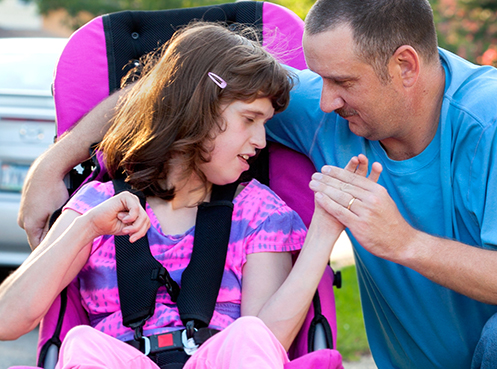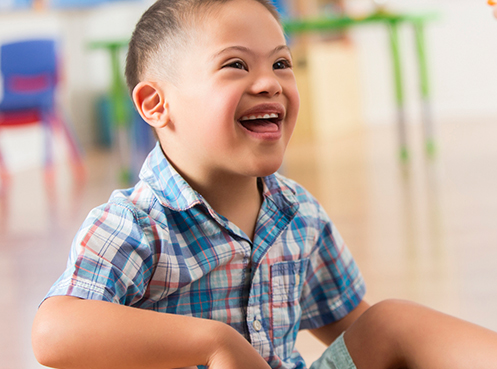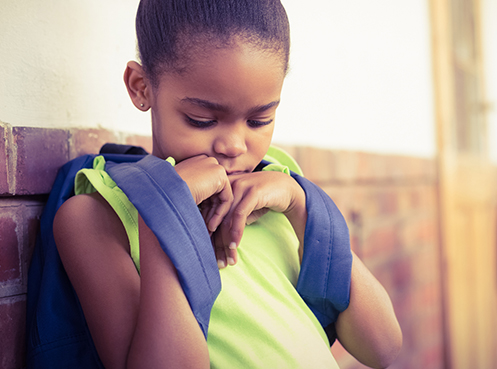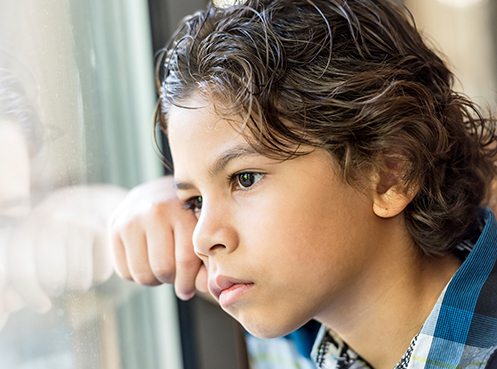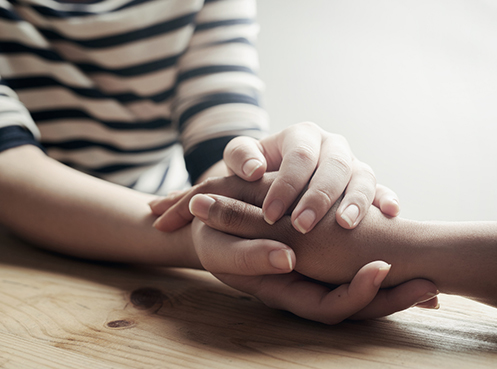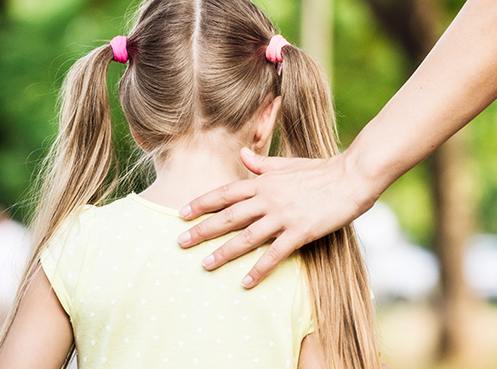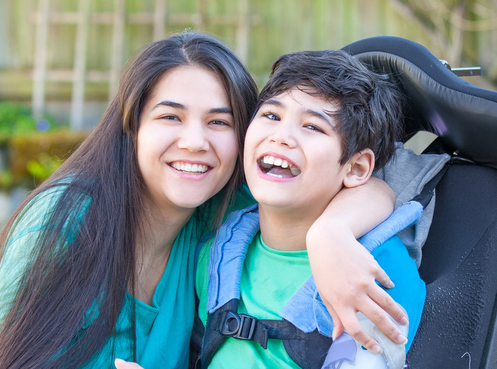Special Needs, Unique Vulnerabilities
Your child’s unique needs are very important when beginning to talk with them about safety and safe interactions with their caretakers. There will be many adults in your child’s life, depending upon the nature of the care they require. Caregivers may be required to assist with toileting, bathing, dressing, and other duties that put them in a more intimate level of interaction with your child.
Your child should be included in decisions about their care. It is important to remember that even a child with lowered cognitive functions and abilities, has a voice in how they are cared for by adults…. “Nothing about me, without me.” Keeping lines of communication with your child openand honest is critical to their safety. Your child must feel free and safe to communicate their feelings to you about their interactions with any adult. Remember that children who feel like they can talk to their parents about anything are much less susceptible to being victimized by a sexual predator.
